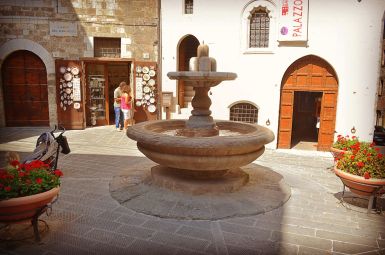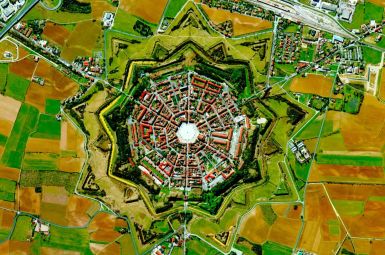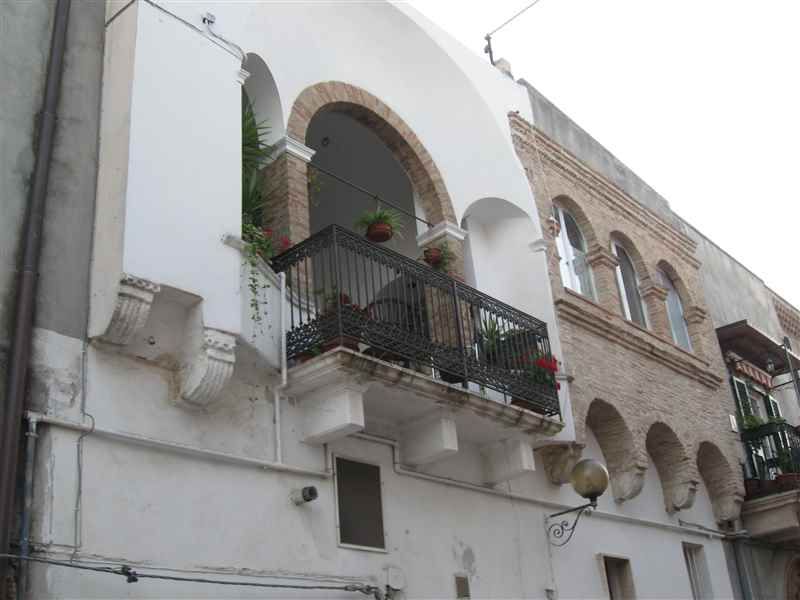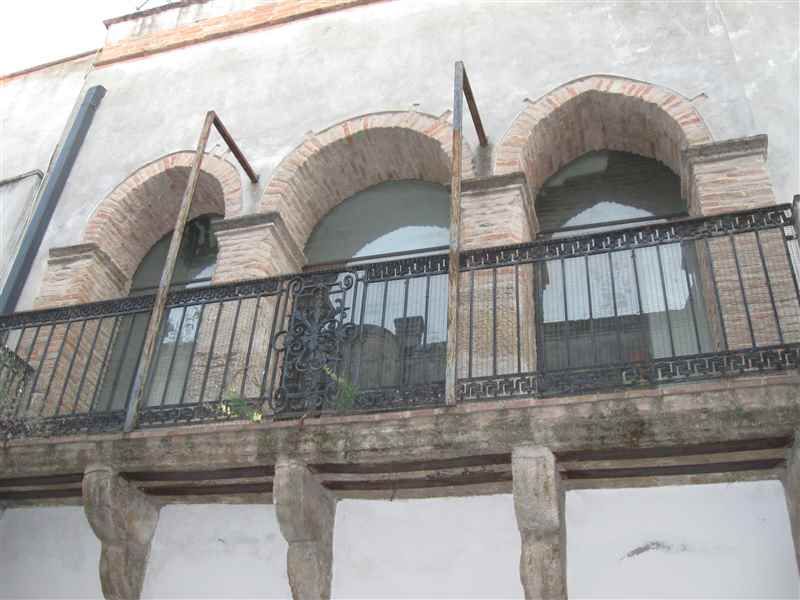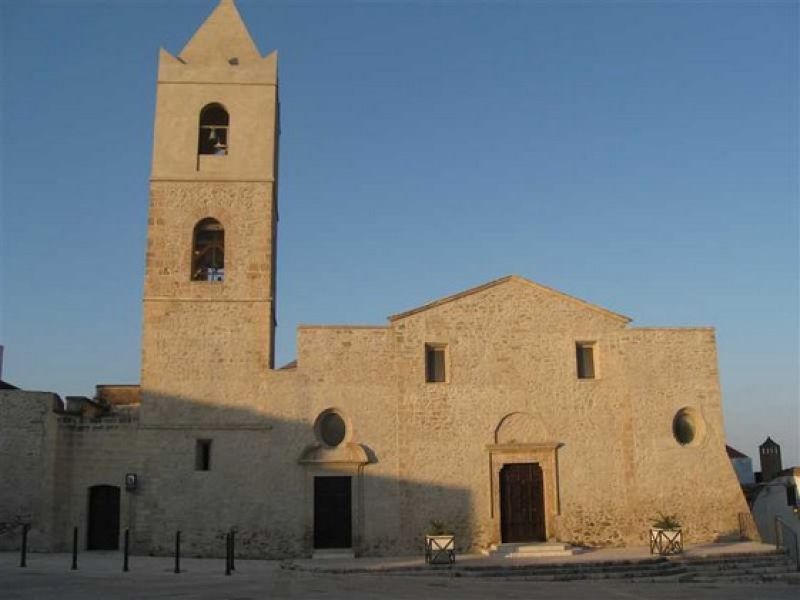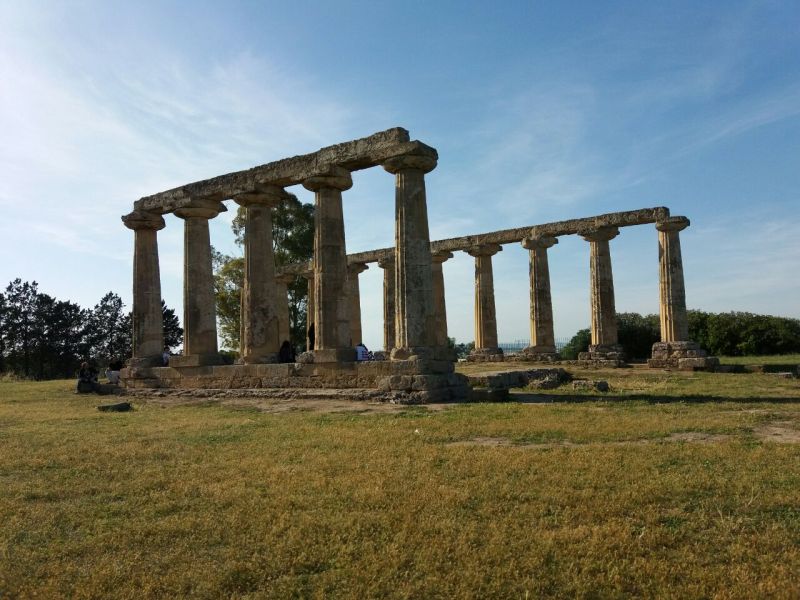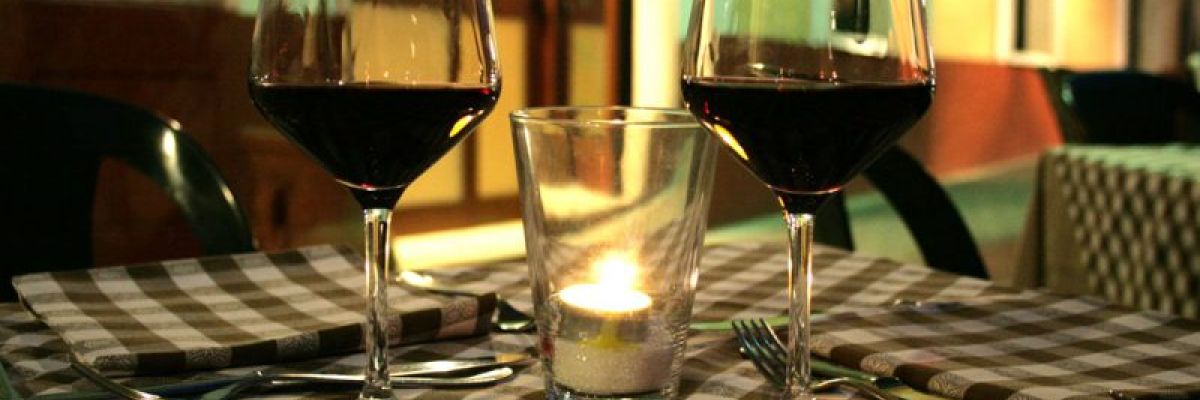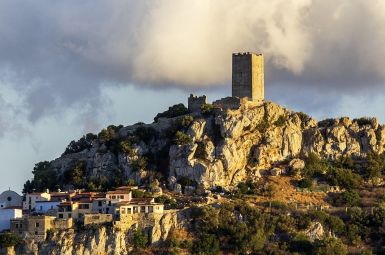
Il Borgo di Bernalda
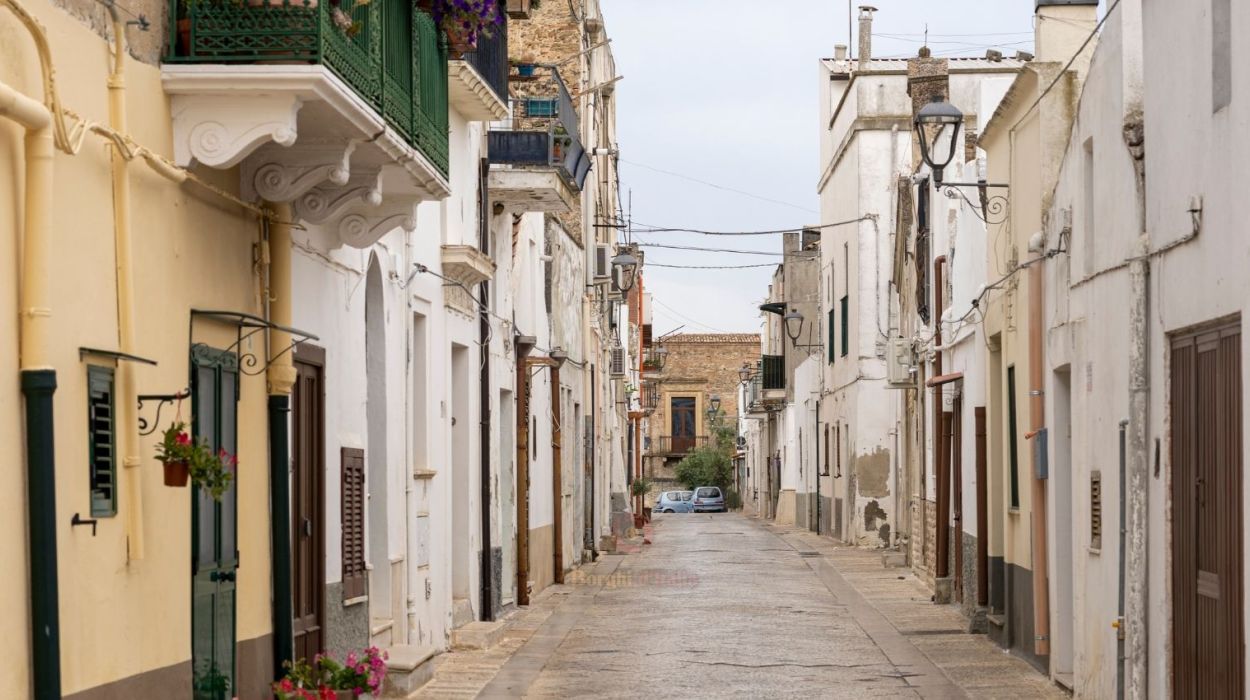
Il Borgo d’Italia
tutto da scoprire ed esplorare
Monumenti
Bernalda sorge su una collina che si affaccia sulla Piana del Metaponto, in un lembo di terra compreso tra i fiumi Basento e Bradano.
Le sue origini risalgono all’arrivo di alcuni coloni greci in terra lucana, ma solo quando sopraggiunsero i Dori, nel 207 a.C., si formò il primo centro urbano, a cui venne dato il nome di Camarda. Camarda era un casale e per questo godeva di una certa autonomia, principalmente era abitato da coloni e pastori e venne amministrata da potenti signori locali. Questo fino al 1378, quando un violento terremoto distrusse per intero il borgo, che iniziò a rivedere nuova luce con l’arrivo degli aragonesi. Nel ‘Cinquecento re Alfonso II d’Aragona assegnò questo feudo al suo segretario, tale Bernardino de Bernaudo che fece edificare il castello nello stesso punto in cui si trovava una torre normanna, inglobata poi nella costruzione. Successivamente de Bernaudo si preoccupò di proteggere il borgo circondandolo con una cinta muraria intervallata da torri d’avvistamento e creo un centro storico simile ad un reticolato. Nel XV secolo venne edificata anche la chiesa madre, detta ‘chiesa del convento’, e dedicata a San Bernardino da Siena, santo patrono del borgo.
Nel corso del tempo Camarda divenne Bernuda, poi Terra Bernaudi e solo infine prese il nome di Bernalda.
Nel ‘Settecento un nuovo slancio edificatorio portò alla creazione del borgo nuovo, sorto tra Porta Maggiore e il convento di Sant’Antonio.
La storia moderna e contemporanea di questo borgo lucano è contrassegnata da lotte, spesso violente, per la contesa dei territori e dei boschi tra Bernalda, Montescaglioso e Pisticci. Gli scontri hanno avuto un punto di fine solo nel 1978, quando vennero definitivamente assegnate le terre ai contadini.
Durante il Milleottocento le scarse condizioni igieniche del centro abitato causarono numerose epidemie tra il popolo, tra queste in particolare si ricorda un’infezione di colera, che secondo la credenza popolare terminò per intercessione di San Bernardino. Sul finire del secolo la crisi economica portò un alto numero di famiglie di Bernalda ad emigrare in America, sulla scia di un flusso migratorio che interessò l’intero Sud Italia.
Nel 1932 Metaponto venne sottratta a Montescaglioso e Pisticci e divenne frazione di Bernalda, in questo contesto il regime fascista avviò una bonifica del territorio che era caratterizzato da zone malariche.
La seconda meta del ‘Novecento è stata caratterizzata da un secondo flusso migratorio, questa volta indirizzato verso il nord Italia, la Germania e la Svizzera. Nonostante questo anche chi decise di restare a Bernalda riuscì a trovare occupazione senza grosse difficoltà grazie alle numerose fabbriche che vennero inaugurate in quel periodo nella valle del Basento.
Metaponto
Nel 1932 Metaponto è diventata frazione di Bernalda. La Basilicata è ricca di zone d’alto livello paesaggistico, caratterizzate da paesaggi brulli, distese di macchia mediterranea, imponenti montagne e dalle alture argillose dei calanchi, ma sicuramente non si può dire che sia una terra di mare. L’unica località famosa che si affaccia sul mare, in particolare sul mar Ionio, è Metaponto.
Metaponto è caratterizzata da spiagge ampie e sabbiose e da un mare adatto a praticare sport acquatici come la vela; inoltre nella zona in prossimità alle foci dei fiumi Basento e Bradano è molto praticata la pesca sportiva.
Metaponto non è solo una località adatta al turismo balneare, ma è anche un luogo ricco di storia e di cultura.
Metaponto è stata fondata nel VII secolo a.C. da alcuni coloni greci che giunsero nella piana, in quella porzione di territorio che oggi è conosciuto come ‘Magna Grecia’. Durante questo periodo Metaponto ha avuto una crescita notevole, arrivando ad essere una tra le colonie più importanti del Sud Italia, grazie ai suoi territori fertili che gli garantivano un’importante produzione cerealicola.
L’inizio della dominazione romana ha coinciso con l’avvio di un periodo di decadenza, accentuato dalle continue inondazioni dei fiumi che hanno portato ad uno spopolamento del centro abitato.
Oggi Metaponto è visitata anche per il suo parco archeologico.
Parco Archeologico di Metaponto
Il parco archeologico di Metaponto è uno dei luoghi più suggestivi della Basilicata, che dà l’impressione di aver fatto un viaggio a ritroso nel tempo, per immergersi nel pieno della cultura classica e del gusto ellenico.
Nel parco archeologico di Metaponto si possono immaginare le disquisizioni della polis, che avvenivano nell’agòra, per poi spostarsi in quello che resta dell’area sacra. Due ampi colonnati segnano la presenza del tempio ‘delle Tavole Palatine’. Questo tempio risale al VI secolo a.C ed era dedicato a Hera, protettrice dei confini, ed è stato edificato nella vicinanze di una sorgente sacra. Oggi si possono ammirare due file di colonne, dodici da un lato e sei dall’altro, tutte in stile dorico.
Sebbene sia l’unico di cui si possa ancora vedere il colonnato, il tempio delle Tavole Palatine non era l’unico presente nell’area, infatti nelle vicinanze sono stati rinvenuti i resti di altri templi. Uno risalente al VI secolo a.C. e dedicato ad Atena, uno risalente al 570 a.C. e dedicato ad Apollo ed infine quello che doveva essere il più imponente tra tutti, realizzato nel 470 a.C. e dedicato ad Afrodite.
L’antica polis greca era racchiusa da una cinta muraria, risalente al VI secolo a.C e successivamente rimaneggiata nel IV secolo a.C., contraddistinta da diversi ingressi monumentali.
Recenti studi archeologici hanno portato alla luce anche i resti di alcune fattorie che sono state costruite fuori dalle mura e testimoniano la presenza di un agglomerato urbano extramoenia.
Castello aragonese di Bernalda
Il Castello di Bernalda sorge su un punto strategico perchè si affaccia sulla valle del Basento, in un luogo ideale per l’edificazione di una fortezza.
La presenza di una torre squadrata risalente all’epoca normanna segnala la presenza di una precedente costruzione difensiva che con ogni probabilità è stata fortemente danneggiata dai continui terremoti che hanno interessato la zona. Per questo in epoca aragonese si è ritenuta necessaria una ri-edificazione completa della fortezza.
Il maniero è stato realizzato per volere di Bernaudo de Bernardi, segretario di Alfonso II d’Aragona. Era una struttura a pianta quadrangolare, con quattro torrioni cilindrici angolari, unici testimoni della fortezza normanna. I continui rimaneggiamenti hanno sicuramente ridimensionato la struttura originale, infatti oggi si possono vedere solo tre torri.
Probabilmente nel periodo di costruzione erano incombenti le minacce di assedio, per questo de Bernaudi fece costruire all’interno del castello ben quattordici pozzi per assicurarsi un approvvigionamento idrico in caso di attacco, inoltre per poter sfuggire ai nemici sono stati scavati cuniculi sotterranei, alcuni dei quali molto lunghi, come quello che porta alla valle del Basento.
Oggi alcune sale del castello aragonese di Bernalda ospitano la Pinacoteca comunale.
Chiesa madre
La chiesa madre di Bernalda è stata edificata nel 1530 per volontà del feudatario, il duca de Bernauda, che l’ha dedicata a San Bernardino da Siena.
Sebbene abbia subito tanti rimaneggiamenti nel corso dei secoli, questo luogo di culto è sempre stato contraddistinto da uno stile sobrio ed essenziale.
Da alcuni documenti storici sappiamo che in origine la chiesa era ad un’unica navata, con tre altari e le navate laterali sono state realizzate successivamente. La navata di destra coincide con quella che prima era la sagrestia, invece la navata di sinistra è stata realizzata nel XVIII secolo.
Da un inventario del vescovo di Matera, risalente al ‘Settecento, si è potuto ricavare un’idea sulla struttura della chiesa a quell’epoca: doveva essere composta da otto altari e sette cappelle, con un alto campanile a due campane. La Chiesa Madre nel secolo dei lumi custodiva la veste di San Bernardino, alcune reliquie di San Donato e le ossa di San Faustino e San Vito. Inoltre aveva un spazio esterno in cui si trovavano due cimiteri, uno riservato ai sacerdoti e l’altro ai bambini battezzati che avevano meno di sette anni.
Nel XIX secolo alcuni lavori di ampliamento hanno radicalmente trasformato l’edificio rendendolo la chiesa che si può ammirare ancora oggi.
Chiesa della Madonna del Carmine
La chiesa della Madonna del Carmine risale al XVI secolo, ed era stata realizzata con uno stile che richiama il Barocco, per assecondare i dettami imposti dalla controriforma cattolica. La chiesa era di dimensioni più piccole rispetto a quelle attuali, con un solo altare su cui si trovava la tela della Santa Vergine del Carmelo, andata distrutta dopo il primo rimaneggiamento a cui è stato sottoposto l’edificio.
Un documento storico datato 1726 attesta che nella chiesa della Madonna del Carmine venivano seppellite le persone, che dovevano essere portate nell’edificio sei ore dopo il decesso e sepolte dodici ore dopo.
Nella seconda metà del milleottocento la chiesa viene interessata da nuovi lavori di restauro e ampliamento, in quest’occasione viene scavata la cripta dell’altare maggiore, vengono realizzati quattro altari ed il campanile a due piani.
Curiosità
Le leggende di Palazzo Ammicc
Sulle strade del centro storico di Bernalda si affacciano i balconi di importanti palazzi nobiliari. Uno di questi è palazzo Ammicc, un palazzo ancora oggi abitato, che probabilmente viene chiamato così per via delle famiglie che ci hanno vissuto, i Lambicco o D’Amico, ma che deve la sua fama alle tante leggende che lo riguardano.
Si racconta che questo palazzo appartenesse ad una famiglia molto ricca, che lo abitava condividendolo con altre famiglie. A piano terra vi era un atrio dove i bambini erano soliti giocare e dove spesso i contadini vendevano il proprio raccolto, ed il proprietario in cambio chiedeva solo che lavorassero le sue terre.
Un giorno l’uomo, prima di morire, nascose tutto il suo oro nel palazzo, si diceva che possedesse un tesoro in cui il pezzo più importante era una gallina d’oro ad altezza naturale con tredici pulcini. Alcuni raccontano che per poterlo trovare bisognava sacrificare un bambino non battezzato, ma ancora oggi nessuno ha mai trovato il tesoro.
Si dice che le famiglie di questo palazzo sono destinate ad avere soprattutto figlie femmine, infatti un detto popolare dice Palazzo Ammicc femmn assje uommn picc (Palazzo Ammicc, femmine molte, maschi pochi).
Un’altra leggenda è quella che racconta di una signora nobile che abitò il palazzo, insieme ai suoi tre figli, due maschi e una femmina. La donna, essendo benestante, godeva dei servigi di alcune governanti del paese che si occupavano anche della sua persona, aiutandola a vestirsi e a pettinarsi.
Un giorno passò di lì una zingara che si era accampata nella valle del Basento, essendo venuta a conoscenza della leggenda sul tesoro, s’intrufolo nel palazzo con la scusa di acconciare i capelli della signora. Mentre era lì vide la figlia della donna e la rapì, portandola lontano per farle dimenticare le sue origini.
La madre della fanciulla e i suoi fratelli per anni attesero in vano il suo ritorno. Solo dopo molto tempo, quando la ragazza era ormai una donna, gli zingari tornarono ad accamparsi alle pendici del paese. Mentre la donna camminava per i vicoli ovunque si udivano rintocchi di campane che suonavano a lutto; intuì subito che doveva essere morto qualcuno d’importante. Rientrata nell’accampamento la donna chiese insistentemente agli zingari se sapessero qualcosa e quelli, messi alle strette, le confessarono che era morta proprio sua madre e le raccontarono la verità sulle sue origini. La donna era così disperata che gli zingari le concessero di andare a far visita alla defunta, a patto che poi facesse ritorno.
Al cospetto della madre la donna continuò a piangere interrottamente, ma nessuno dei presenti la riconobbe fin quando lei non pronunciò queste parole “Signura mia signura, tu jer a pampn e ii jer l’uv, dnar n’ tniev senz misur ma nun ma saput ammuntuà la mia vntur“ – signora , mia signora, tu eri il tralcio e io ero l’uva , di denaro ne avevi senza misura, ma non hai saputo indovinare la mia ventura.
I fratelli nell’udire questa frase capirono subito che si trattava della sorella scomparsa e la pregarono di restare con loro, ma la donna per non tradire il giuramento fatto agli zingari fu costretta a scappare. Mentre fuggiva, uno dei suoi fratelli, preso dalla disperazione, uscì fuori e le sparò per sottrarla per sempre dalle grinfie di chi l’aveva portata via.
Ancora oggi dal palazzo si vede una finestra murata e si racconta che lo spirito della signora sia ancora lì, ad aspettare il ritorno della figlia.
Bernalda, palazzo Margherita e le stelle
Agostino Coppola era un giovane lucano che sul finire dell’ottocento s’incanalò lungo la scia dei flussi migratori, che dalla Basilicata portavano ad approdare in America.
Don Giuseppe Margherita nel XX secolo è stata podestà di Bernalda, era un uomo molto appassionato di Botanica e ha trasformato il suo amore in forma concreta arricchendo il giardino del suo palazzo di varietà rare di flora. Inoltre sempre a Don Giuseppe si devono le bellissime palme che adornano il corso di Bernalda e che lo hanno portato ad essere conosciuto come ‘il corso più bello della regione’.
I destini di questi due uomini si sono simbolicamente incontrati un secolo dopo la loro esistenza, quando il nipote di Agostino, il famoso regista americano Francis Ford Coppola, ha deciso di acquistare Palazzo Margherita e di trasformarlo in un albergo di lusso.
Palazzo Margherita negli anni ha ospitato molte stelle di Hollywood e nel 2011 tutta Bernalda è stata coinvolta nel matrimonio di Sofia Ford Coppola, regista e figlia di Francis, con il cantante dei Phoenix Thomas Mars.
La coppia, come fossero altezze reali, ha salutato un tripudio di folla affacciandosi al balcone del palazzo. Ancora oggi la cittadina ricorda con emozione questa famosa giornata.
Personaggi
Francis e Sofia Ford Coppola
Francis Ford Coppola è nato a Detroit nel 1939. Suo nonno Agostino era originario di Bernalda e come molti suoi concittadini sul finire dell’Ottocento ha lasciato la Basilicata per dirigersi sulle coste americane.
Francis Ford Coppola è uno dei mostri sacri del cinema americano, è autore di film come “Il padrino” (1972) e “Il padrino parte II” (1974), “Il padrino parte III” (1990), “Apocalypse Now” (1979) e altri grandi successi. I suoi lavori gli hanno permesso di entrare di diritto nella schiera dei più grandi cineasti mondiali, grazie anche ai numerosi premi ricevuti, tra cui ben sei Oscar.
Dal suo matrimonio con Eleonor sono nati tre figli: Giancarlo, Roman e Sofia.
Sebbene tutti e tre i suoi figli abbiano lavorato e continuino a lavorare nel mondo del cinema, solo Sofia ha raggiunto la notorietà come regista.
Sofia Coppola è nata nel 1971 a New York. Nel 1999 dirige il lungometraggio “Il giardino delle Vergini suicide” che segna anche il suo debutto. Con “Lost in traslation” (2003) è la prima donna ad ottenere una candidatura all’Oscar come miglior regista e vince l’Oscar come miglior sceneggiatura originale.
Nel 2010 partecipa alla Mostra Internazionale d’Arte del Cinema di Venezia con “Somewhere”, quell’anno la giuria era presieduta da Quentin Tarantino e il premio venne assegnato proprio a Sofia Coppola.
Attualmente Sofia Coppola è considerata una delle migliori registe del nuovo cinema americano.
Ricette Tipiche
La Crapiata
Le ricette dei piccoli borghi lucani si accompagnano ad antiche tradizioni popolari, spesso legate al culto di un santo. Bernalda non poteva essere da meno, infatti il primo agosto di ogni anno in questo borgo lucano è un’ usanza tipica preparare la Crapiata. La Crapiata è una zuppa gustosa che ha come ingredienti principale il grano, accompagnato da legumi, che vengono salati e lessati.
Alcuni sono soliti aggiungere alla zuppa un filo d’olio a crudo, ma la ricetta originale non lo prevede.
Ingredienti per quattro persone:
- 100 g di fave non decorticate
- 100 g di ceci e cicerchie;
- 100 g di piselli;
- 100 g di fagioli bianchi;
- 100 g di fagioli occhio nero;
- 200 g di lenticchie piccole;
- 200 g di grano duro;
- 1 carote e una costa di sedano;
- Olio extravergine d’oliva;
- due foglie di alloro;
- acqua e sale q.b.
Preparazione:
Mettere a bagno i legumi secchi otto ore prima.
Cuocere a fuoco lento per quattro ore i legumi insieme al grano e all’acqua già salata. Poco prima di ultimare la cottura aggiungere la carato, sedano tagliato e alloro per insaporire.
Una volta pronta si può decidere di aggiungere nel piatto un filo di olio evo crudo.
